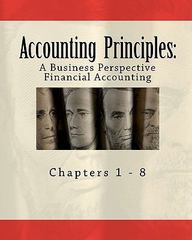Answered step by step
Verified Expert Solution
Question
1 Approved Answer
Q1. What is utility? What are the types of utilities? Q2. What is price discrimination? What are its types Q3. What is the difference between
Q1. What is utility? What are the types of utilities?
Q2. What is price discrimination? What are its types
Q3. What is the difference between Monopoly and Monopolistic competition?
Q4. What is the relationship between Total utility and Marginal Utility? Explain with the help of a table schedule
Q5. What is the difference between Returns to factors and returns to scale?
Q6. What are the features of perfect competition?
Q7. Explain the four factors of production with example
Q8. True/False
- Indifference curve approach was propounded by Alfred Marshall.
- The law of Diminishing marginal utility is based on Cardinal Utility.
- Indifference curve always slopes upward to the left
- A higher indifference curve represents lower level of satisfaction
- Monopoly and monopolistic competition are synonymous to each other
- Capital, Entrepreneur, Land and Labor are 4 factors of productions in economy
- In perfect competition, products have no close substitutes
- Market refers to a structure in which buyers and sellers of the commodity remain in close contact for making transactions.
- Law of variable proportions is based on law of diminishing marginal proportions
- TP is at its maximum when MP is also maximum
Step by Step Solution
There are 3 Steps involved in it
Step: 1

Get Instant Access to Expert-Tailored Solutions
See step-by-step solutions with expert insights and AI powered tools for academic success
Step: 2

Step: 3

Ace Your Homework with AI
Get the answers you need in no time with our AI-driven, step-by-step assistance
Get Started


